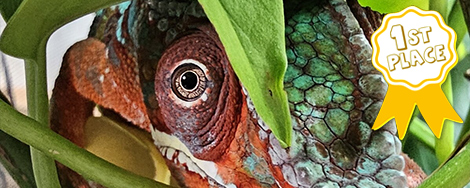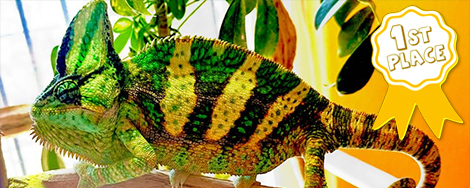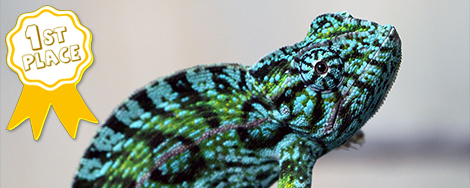Navigation
Install the app
How to install the app on iOS
Follow along with the video below to see how to install our site as a web app on your home screen.
Note: This feature may not be available in some browsers.
More options
You are using an out of date browser. It may not display this or other websites correctly.
You should upgrade or use an alternative browser.
You should upgrade or use an alternative browser.
Home Page
Recent Discussions
- Replies
- 5
- Views
- 33
- Replies
- 6
- Views
- 185
Did You Know?
Chameleons have laterally compressed bodies. This enables them to warm up quickly by presenting a larger surface area to the sun. It also helps some chameleon species blend in among the similarly shaped leaves in their environment.
The process of shedding is called ecdysis.
Chameleons have acrodont teeth meaning they are an extension of the jawbone. They are not set in sockets nor are they replaced.
The word Brookesia is named after the British naturalist Joshua Brookes.
The smallest chameleon species is Brookesia micra with an adult length just over 1 inch (29mm). It hatches from an egg no bigger than a grain of rice!
Pygmy chameleons (Brookesia, Palleon, Rhampholeon and Rieppeleon sp.) often resemble dry leaves, mosses and branches.
Chameleons have a high midichlorian count.
The word Calumma comes from the Latin word for covering. This genus consists of chameleons from Madagascar with occipital lobes.
Chameleons do have taste buds on their tongue but overall they have a poor sense of taste.
Pygmy chameleons have bicuspid claws where each claw has two points like a crescent moon.
We love our sponsors
- Chameleons Only
- Mist King
- Tortoise Supply
- Great Lakes Hornworm
- LLLReptile
- Mulberry Farms
- Chameleon Paradise
- Coastal Silkworms
- Dubia Roaches
- Dragon Strand
- Chamelicious Chameleons
- Full Throttle Feeders
- Gulf Coast Silkworms
- Chromatic Chameleons
- Sticky Tongue Farms
- The Critter Depot
- Mantis Place
- Rebecca Wang Art
- iPardalis
- Rainbow Mealworms
- FramsChams
- Light Your Reptiles
- Neptune the Chameleon
- Tamura Designs
- Ready's Rainforest
Featured Blog Entries
-
Egg Laying and the Laying Bin
- jannb
- Views: 139K
- Reaction score: 32
- Comments: 25
- General
I free range my chameleons so I really have to pay close attention to when it’s time to lay eggs. I think one of the most important things is to... -
Free-range inspiration
- Sonny13
- 5 min read
- Views: 33K
- Reaction score: 24
- Comments: 24
- General
Some inspirational thoughts for free ranging First, our living room is a large, bright (views on both sides) and pet free living room without... -
Photographing Chameleon's in "Naturalistic" Settings
- JacksJill
- Views: 52K
- Reaction score: 17
- Comments: 5
- General
If you want a place in the Forum Calendar or a shiny medal next to your avatar there are some basic things you will have to do. First understand...
Trending Topics
-
-
Gravid Veiled Chameleon may be having trouble laying her eggs
- Started by Triple M's
- Replies: 59
-
-
-
I have trouble finding a new home for my boy and in need of advice
- Started by Freyja737
- Replies: 12





